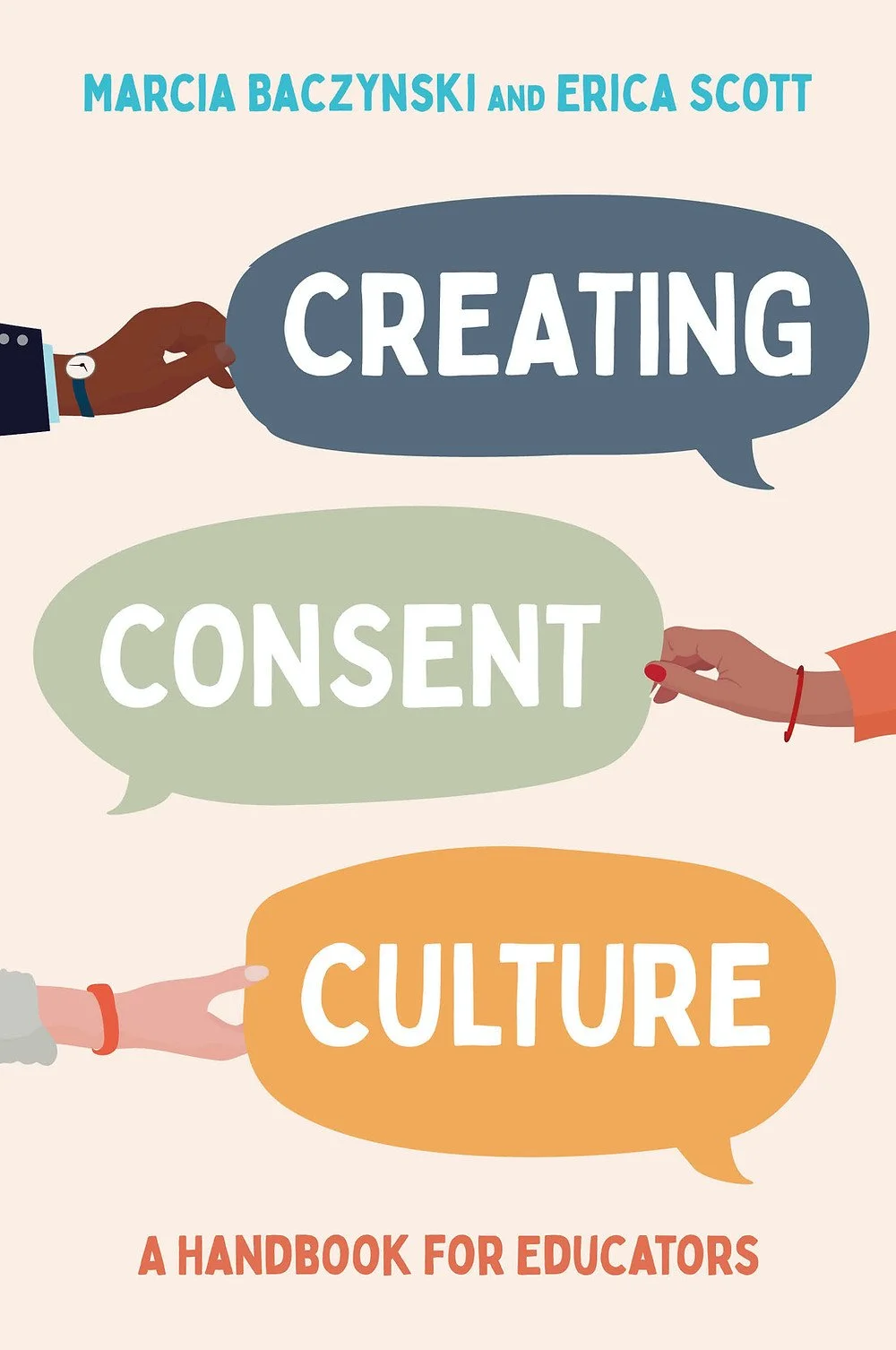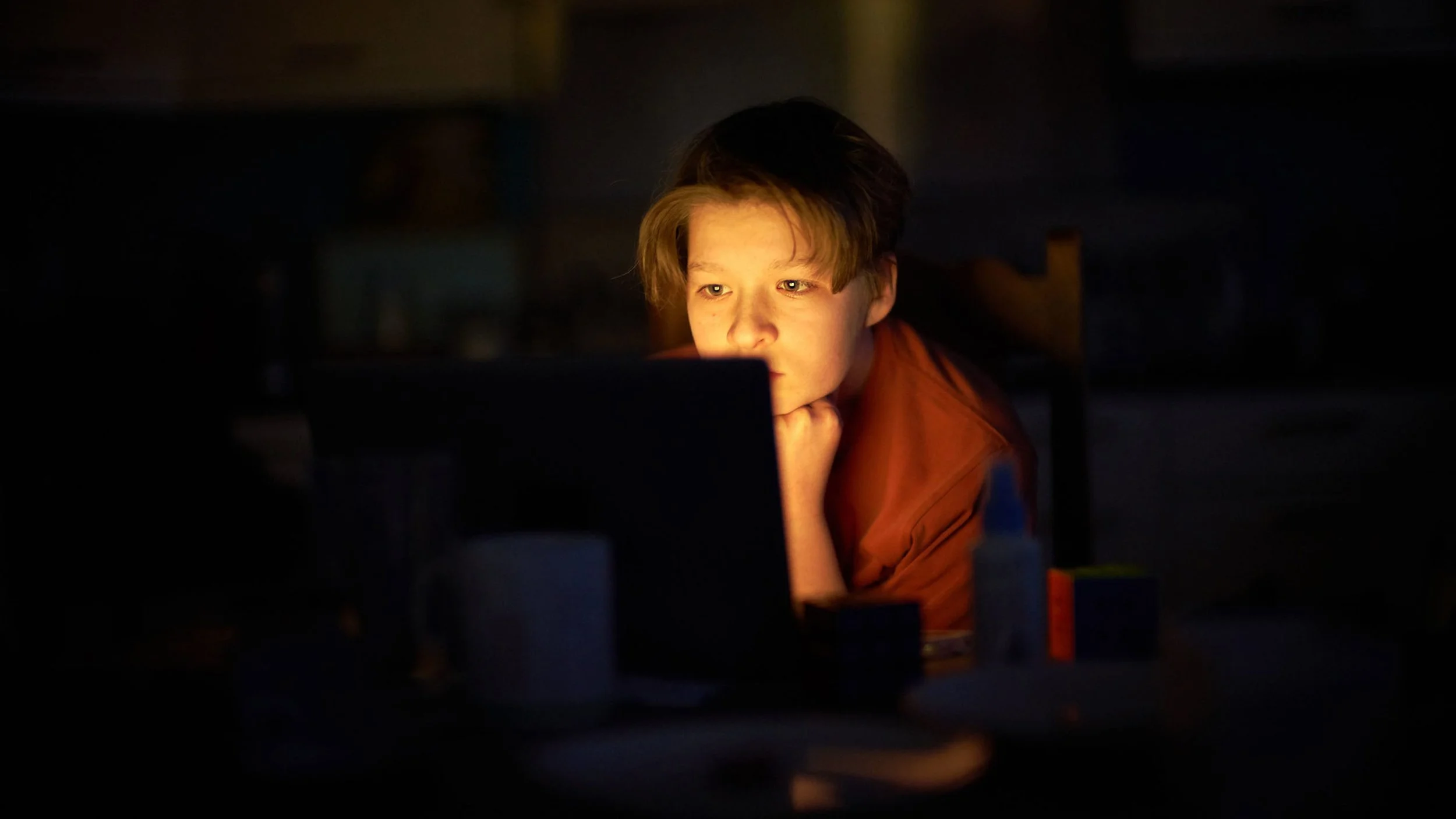In the years since #MeToo, I’ve seen a question increasingly materializing among the best schools: how do we sustain positive change? If you’re reading this, you probably know why schools should be talking about positive masculinity. You might already be starting to put this into practice. So let’s talk about what’s next.
Read MoreIn some ways, the program itself is the easy part. The hard part is getting a troop of boys and young men to show up in the first place. At Next Gen Men, we’ve been engaging boys and young men in gender equality for a long time, so we’re here to share some insights we’ve gained along the way.
Read MoreThe meaningful and impactful experiences at the Future of Masculinity Summit were only made possible by educators within each school community—school counsellors, teachers, social workers—who stepped up, leaned in, and sat with their students as they explored masculinity on a deeper level.
Read MoreWe won’t make headway on the movement to end gender-based violence if boys don’t see themselves within it. Boys won’t see themselves included unless they truly are.
Read MoreAs we work towards a culture of justice, love and communicative collaboration, Creating Consent Culture is a well-researched, detailed and facilitator-oriented set of ideas and workshop outlines to help us on the way.
Read MoreThe human body is designed to resist toxicity. It’s not until we’re immersed in it for a long period of time that it becomes dangerous. That’s why the most important thing we can do as role models and mentors in boys’ lives is to provide an unwavering sensation of being known and loved.
Read MoreWhere are boys practicing the attitudes, language and behaviour that will define them as young men? Where are they figuring out whether or not to challenge the status quo? It’s not in an all-gender, safe-space health class where boys are outnumbered and unlikely to speak up anyway.
Read MoreThis is what transformation looks like. This is the road map or the kind of future that we want to build for the next generation—to end cycles of violence, to change what bullying looks like, to change the landscape of mental health for young people.
Read MoreOne of the best to connect with young people is by sharing time with them. We know that. It is, however, sometimes easier said than done. As we head into the holiday season, consider snuggling up for a TV show. Make some space on the couch and make it a weekly ritual. Here are some shows that you will both enjoy.
Read MorePeer-led allyship is all-too-often a response to school-level inaction. Educators have enormous power to uphold the rights of gender-expansive students. That is a sacred trust that we hold.
Read MoreIf we can find the balance between pushing our boys towards mental health resources and waiting for them to get there on their own, we find ourselves standing right alongside them. That’s where we belong.
Read MoreYou’re not going to stop your son from being exposed to, or enjoying, pornography. I’m sorry, but you’re not. You can, however, be there as a source of support for him as he explores his feelings, his body, and the different choices he can make to positively impact his relationships and the world around him.
Read More











